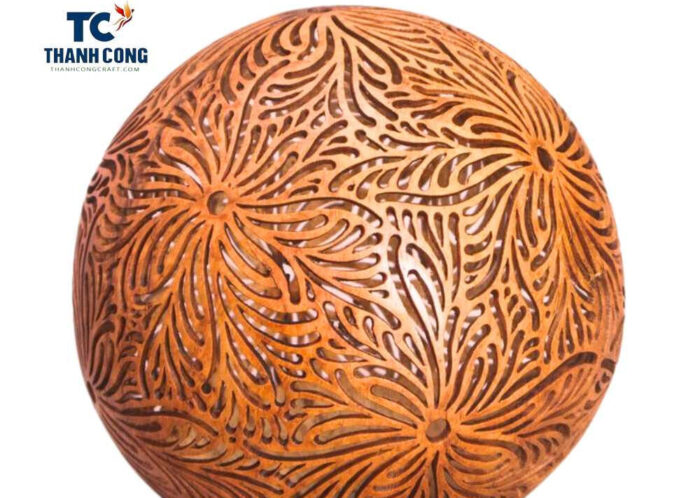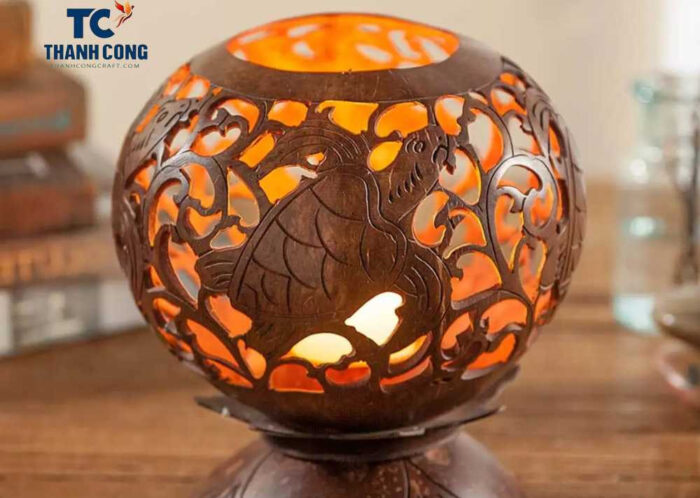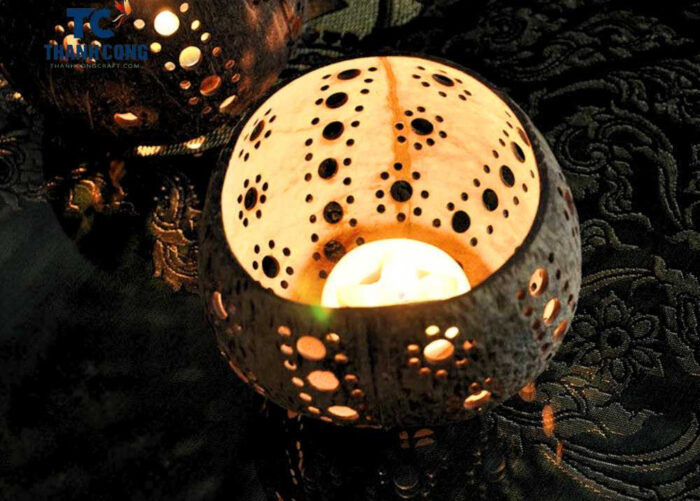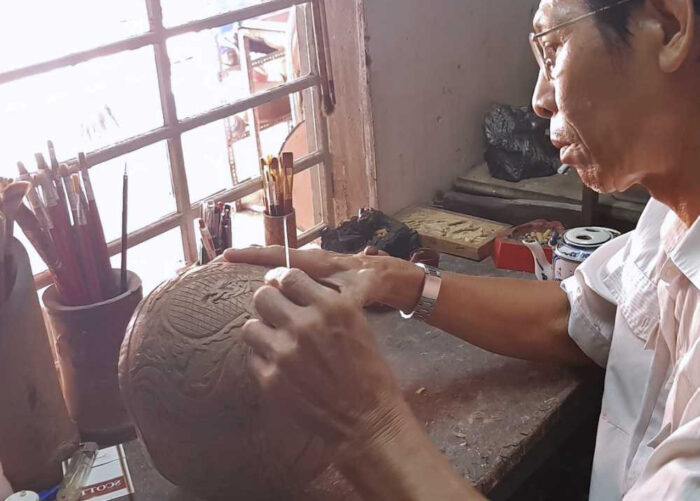Coconut shell carving is an ancient and intricate art form that has been practiced for centuries in many parts of the world. This tradition involves using specially designed tools to create intricate designs on the hard outer shell of a coconut. In this article, we will explore the history of carving coconut shell, the techniques used by artisans, and the cultural significance of this timeless art form.
Contents [hide]
The History of Coconut Shell Carving
Coconut shell carving has its roots in Southeast Asia, where it was first practiced as early as the 13th century. It quickly spread to other cultures and regions, such as India, Sri Lanka, and the Pacific Islands. The art form evolved, with each culture imparting its unique style and techniques to create intricate designs and patterns.

Carving coconut shells requires specialized tools and techniques. The most commonly used tools are knives, chisels, and sandpaper. The artisan must have a steady hand and precision when carving the intricate designs onto the hard surface of the coconut shell.
The process typically begins by cleaning and drying the coconut shell before sketching the design on its surface. The artisan then carves into the surface of the shell, slowly revealing the intricate design. Once the carving is complete, the shell is sanded down to create a smooth finish. Some artisans will then add color or paint to enhance the overall design.
Cultural Significance
In many cultures, carved coconut shell holds deep spiritual and cultural significance.
- In Hinduism, carved coconut shells are often used in religious rituals and ceremonies.
- In Sri Lanka, coconut shell carving is a traditional craft passed down through generations, with each family imparting their unique style and techniques to future generations.
- In the Pacific Islands, carved coconut shells were used as currency and were highly prized for their intricate designs and patterns. In many cultures, coconut shell carvings are seen as a symbol of wealth, prosperity, and good fortune.

Modern Applications
Today, coconut shell carving is still practiced in many parts of the world, with artisans creating intricate designs on coconut shells used as decorative objects or functional items such as bowls, cups, and jewelry.
It has also gained popularity in the fashion industry, with designers incorporating carved coconut shells into their creations. The coconut shell’s natural beauty and unique texture make it an ideal material for creating eco-friendly, sustainable fashion accessories.
Collecting Antique Carved Coconut Shells
Antique carved coconut shells are highly sought after by collectors and enthusiasts worldwide. These pieces are often one-of-a-kind and have been passed down through generations, making them rare and valuable.
When collecting antique carved coconut shells, looking for signs of authenticity and quality is important. Look for intricate designs and patterns that show skill and precision in the carving process. It’s also important to examine the condition of the shell, checking for any cracks or damage that may affect its value.
Benefits of Coconut Shell Carving
It has many benefits beyond its cultural and artistic significance. Artisans can create beautiful and unique objects using discarded coconut shells while promoting sustainability and reducing waste.
Coconut shell carvings also provide employment opportunities for artisans in many parts of the world, helping to support local economies and preserve traditional crafts.

How to Carve a Coconut Shell?
Carving a coconut shell can be a fun and creative activity. Here are some steps to guide you through the process:
Materials
- Coconut shell;
- Sharp carving knife;
- Sandpaper;
- Pencil or marker.
Instructions
- Choose a dry coconut shell that has already been emptied of its flesh.
- Clean the shell with soap and water and let it dry completely.
- Draw your design onto the coconut shell using a pencil or marker. You can create a pattern or design or find inspiration from online resources.
- Use a sharp carving knife to slowly and carefully carve along the lines of your design. Be cautious when carving; take your time, as the coconut shell can be fragile and brittle.
- After carving, use sandpaper to smooth out any rough edges or surfaces.
- Rinse the shell with water to remove any excess coconut husk or dust.
You can leave the shell as is or apply a coat of varnish or oil to protect it and give it a polished look.

Tips
- If you are new to carving, start with a simple design and work up to more intricate ones.
- Use caution when handling the carving knife, and ensure it is sharp for a clean cut.
- Be patient and take your time with the carving process.
Have fun and be creative with your design!
Coconut shell carving is a timeless art form that has been practiced for centuries in many parts of the world. Its intricate designs and patterns are a testament to the artisans’ skill and creativity. Whether used for decorative or functional purposes, carved coconut shells hold a special place in many cultures and are highly valued by collectors and enthusiasts worldwide.
See Aditional:
TOP 10+ Best Selling Blue Coconut Bowl


